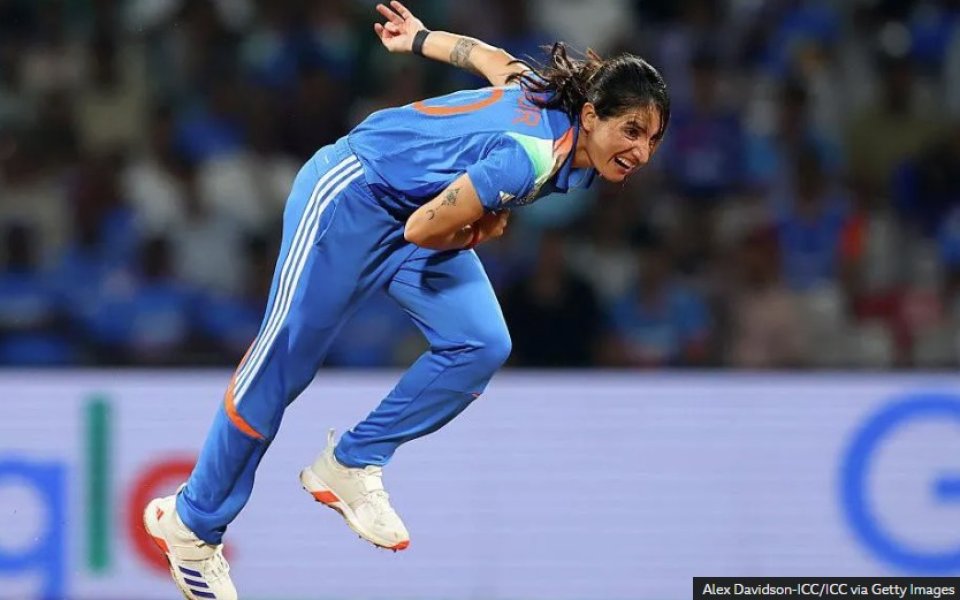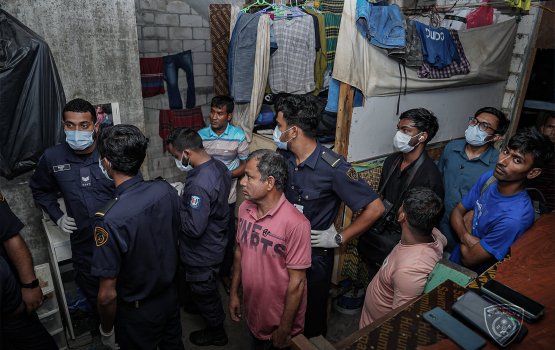Earlier this week, the Indian women’s cricket team created history by winning their first-ever World Cup title, nearly 50 years after playing their inaugural international match. The victory was hard-fought: after losing three matches in the round-robin stage, India rebounded to defeat an unbeaten Australia in the semi-final before overcoming a determined South African side in the final.
The triumph on the field reflects the players’ journeys off it, marked by resource constraints, societal skepticism, and relentless perseverance. Many of the players come from small towns and modest backgrounds, where cricketing infrastructure is limited and opportunities for women in sport remain constrained. Families often made significant sacrifices to nurture their daughters’ ambitions, and the team’s victory is as much a testament to these personal struggles as it is to their sporting skill.
Harmanpreet Kaur: Leading with Humility and ResilienceCaptain Harmanpreet Kaur’s story exemplifies this journey. Born on 8 March 1989 in Moga, Punjab—a town often associated with socio-economic challenges—she grew up in a family that prioritized discipline and resilience. Her father, Harmandar Singh Bhullar, a club cricketer and district court clerk, sold milk from the family’s four buffaloes to support household expenses, often making cricket equipment a luxury.
Her first coach, Yadwinder Singh Sodhi, recalled training her with second-hand bats and seam-less balls. Despite societal skepticism, Mr. Bhullar encouraged Harmanpreet’s cricketing ambitions without argument, allowing her to pursue the sport while raising three children. From open grounds in Moga to lifting the World Cup trophy at Mumbai’s DY Patil stadium, her story is one of steadfastness, rooted in family support and personal discipline.
Amanjot Kaur: Composure Under PressureAll-rounder Amanjot Kaur’s journey began in her father Bhupinder Singh’s carpentry workshop in Punjab, where he carved her first bat from leftover wood when commercial gear was unaffordable. Neighbours questioned why he encouraged a girl to pursue cricket, but their support never wavered.
Amanjot’s composure was critical in the World Cup final. Early in the match, she ran out South African opener Tazmin Brits with a precise throw, turning the momentum in India’s favour. Later, when opposition captain Laura Wolvaardt reached a century, Amanjot executed a difficult catch at deep midwicket, holding onto a juggled ball and sparking cheers across the stadium. Her rise from local cricket to the international stage is emblematic of patience, technique, and the impact of early familial support.
Radha Yadav: From Pavement Stall to PodiumLeft-arm spinner Radha Yadav hails from Kandivali, a western suburb of Mumbai. Growing up above a modest 225-square-foot home, she watched her father Omprakash Yadav sell milk and vegetables from a small pavement stall. After earning her first BCCI contract at 19, she used her earnings to buy a small grocery shop, Radha Mini General Store, supporting her family while continuing her cricket career.
Radha’s journey from street cricket with a tennis ball to the world stage highlights both ambition and the importance of family support. Her elder sister Sonee gave up cricket to allow Radha to pursue her dream, emphasizing the sacrifices often made behind the scenes. A photograph of her father walking alongside head coach Amol Muzumdar during the team’s lap of honour at DY Patil stadium, with the World Cup trophy held aloft, symbolized years of perseverance and belief.
Renuka Singh Thakur: Quiet Control and ConsistencyFast bowler Renuka Singh Thakur lost her father, Kehar Singh Thakur, when she was just three years old. Her mother, Sunita, took a government job to provide for the family while supporting her daughter’s ambitions. Renuka began playing cricket in village lanes before moving to the Himachal Pradesh Cricket Association’s residential academy in Dharamshala, one of India’s first residential facilities for women cricketers.
The distance from home and the rigorous training regime presented challenges, yet Renuka remained committed, inspired by her mother’s sacrifices. In the World Cup final, she bowled eight overs for just 28 runs, leading India’s new-ball attack with discipline and precision. Her performance, understated yet pivotal, reflects the patience, technical skill, and determination cultivated over years of disciplined training.
A Collective Journey of Small-Town WomenThe stories of Harmanpreet, Amanjot, Radha, and Renuka echo across the squad. Many players share humble beginnings in towns and villages, navigating social and economic barriers to pursue cricket. Second-hand equipment, improvised practice spaces, and societal doubts shaped a generation of women cricketers who refused to stop despite adversity.
India’s victory is a celebration of these untold journeys. It demonstrates not only the emergence of women’s cricket as a competitive force on the world stage but also the transformative power of family support, grassroots infrastructure, and sheer determination in shaping world-class athletes. (Source: BBC)







